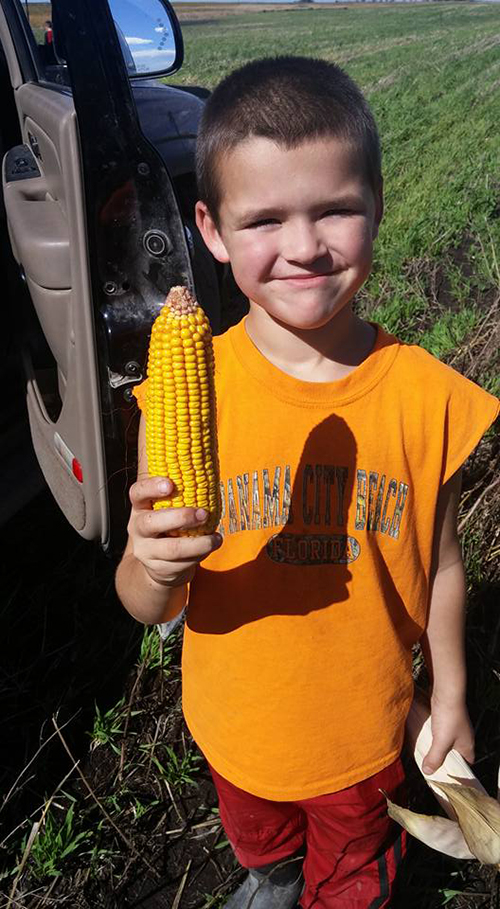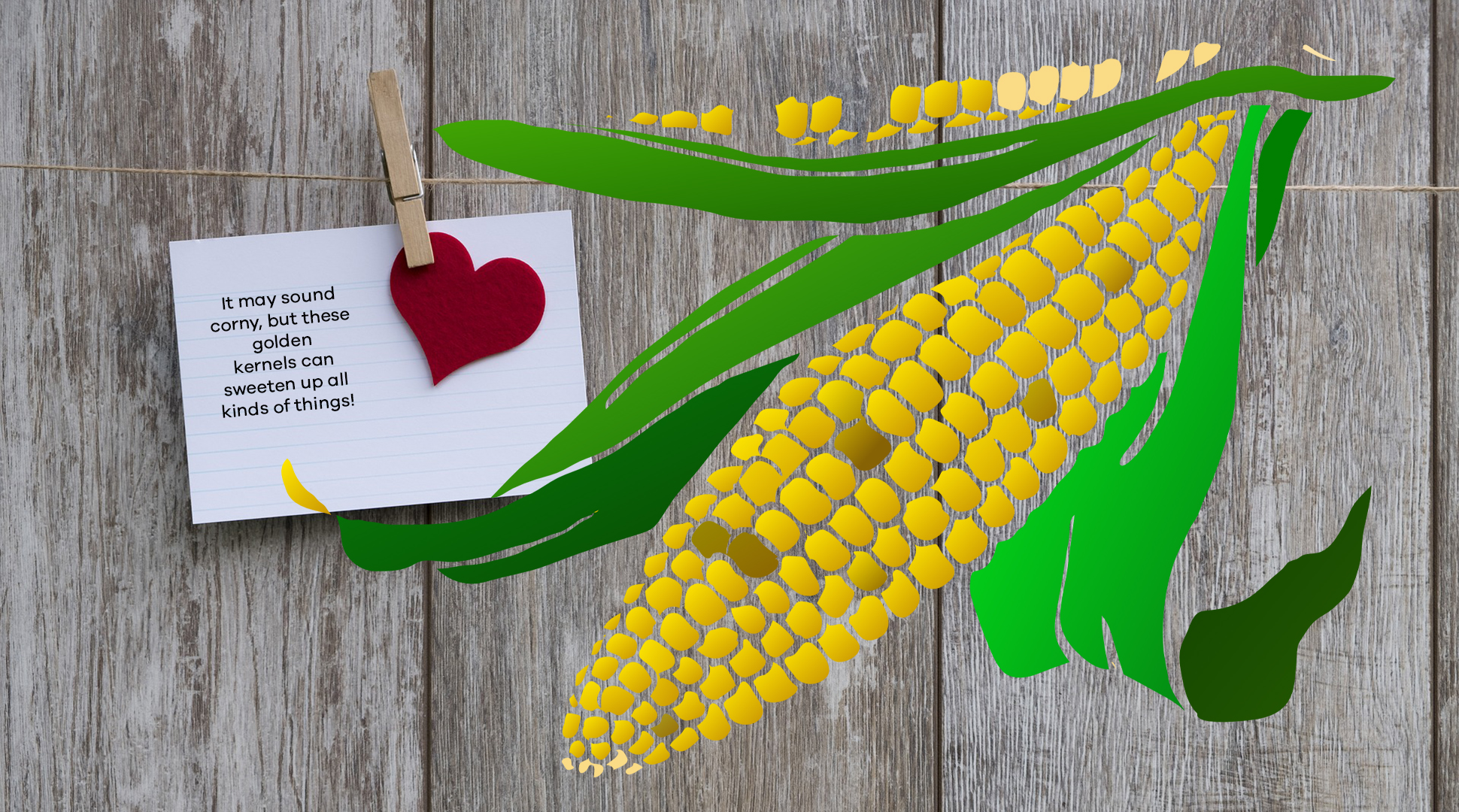by Carie Moore
Happy Valentine’s Day!!
A day filled with flowers, marriage proposals, candy, and corn. Yes, corn, or more specifically corn syrup which is used as a replacement to sugar in many sweets.
I’ve been talking to my school kids this month about corn and the different types. Popcorn, field corn, sweet corn, and the colorful corn we use for decorating.
Field (dent) corn and sweet corn have many uses. Ethanol, animal feed, canned corn, corn on the cob, high fructose corn syrup, to just name a few. Read more at the Farm Credit Knowledge Center's I'm All Ears educator resource.
Two common corn syrups:
- Light corn syrup is corn syrup seasoned with vanilla flavor and salt. Light corn syrup is clear and tastes moderately sweet.
- Dark corn syrup is a combination of corn syrup and molasses, caramel color and flavor, salt, and a preservative. Dark corn syrup is a warm brown color and tastes much stronger than light corn syrup. Molasses in dark corn syrup enhances its flavor and color.
Corn syrup is generally cheaper than granular sugars and also keeps products fresher and moist longer. If you make your own pancake syrup at home, generally you are using corn syrup as a base.
Who also doesn’t love a good scotcheroo? Bring on the corn syrup sweetie (no pun intended).
Corn is a grass crop that requires a lot of nutrients, especially nitrogen. We don’t grow as much in North Dakota as the “I” states (Iowa, Illinois, Indiana) due to our shorter growing degree days (GDU’ s- measure of heat accumulation to predict plant development rates such as the date a crop will reach maturity).

We planted corn a few years ago but it just doesn’t fit into our location or rotation well, so we haven’t planted it since. Farmers can’t always grow the crops they “want” to grow. They have to make sure it’s cost effective and compatible with their soils and other crops they have. To combine corn you need a special header, so for us, we had to have our small acreage custom combined by a friend. Neither buying a header or having someone combine was practical.
Crop rotation is important to help combat weeds, insects, and diseases. The more diverse crops you have, the better it is for your soil. One crop can produce many of the nutrients the next crop might need. For example, corn and soybeans are often rotated because soybeans put nitrogen back into the soil and corn needs nitrogen. This generally decreases the amount of fertilizer we need to supplement crops like corn and wheat.
Whether you use corn or sugar beets for sweeteners, thank you for supporting North Dakota farmers who grow both. We also have processing plants for corn and sugar beets. Another win for North Dakota agriculture!
Read more about corn in the NDSU Ag Mag
Check out my corn video for OYT.
